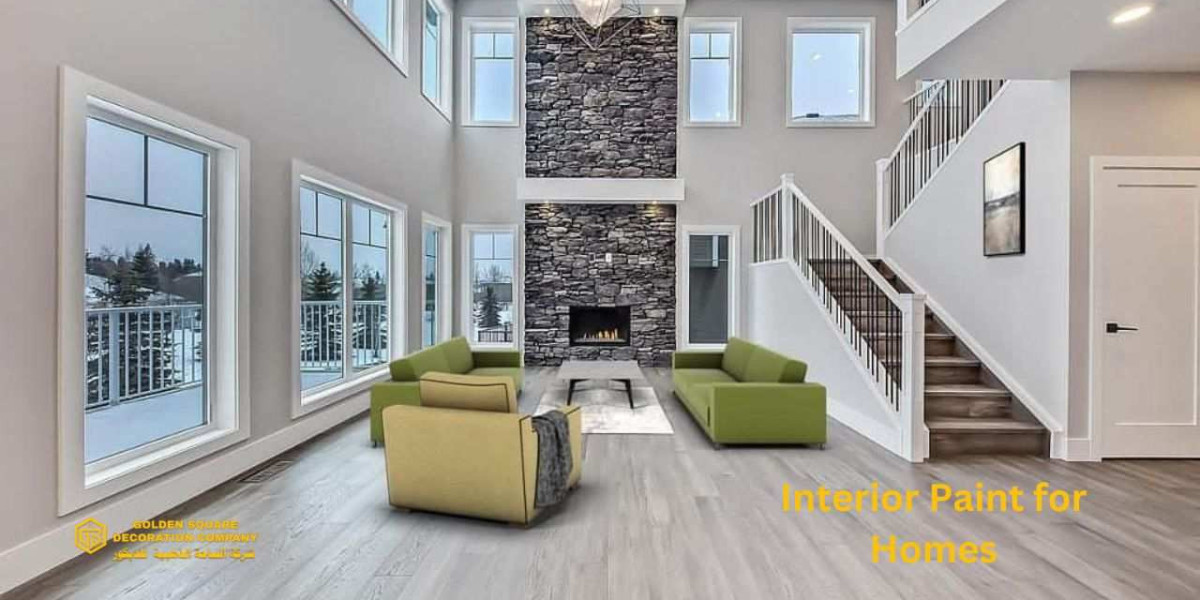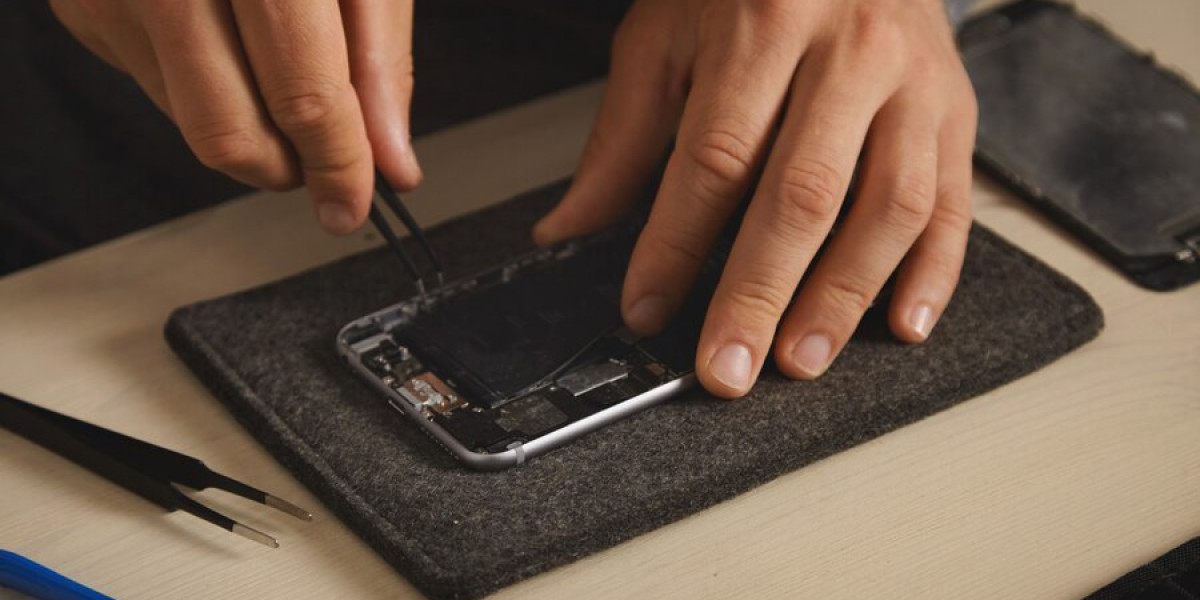When it comes to transforming the look and feel of your home, choosing the top interior paint is crucial. The paint you select can dramatically affect the ambiance, mood, and even the perceived space of your rooms. With countless options available, finding the perfect paint can be overwhelming. This guide aims to simplify the process and help you make an informed decision.
1. Understanding Paint Types
Before diving into color choices, it's essential to understand the different types of interior paints:
Flat (Matte) Paint: Ideal for ceilings and walls with imperfections. It provides a smooth, non-reflective finish but is less durable and harder to clean.
Eggshell Paint: A bit more reflective than flat paint, eggshell is suitable for areas with moderate traffic. It’s easier to clean and has a soft, velvety finish.
Satin Paint: Offers a subtle sheen and is perfect for high-traffic areas like hallways and family rooms. It’s durable and easy to clean.
Semi-Gloss Paint: With a noticeable shine, semi-gloss paint is commonly used for trim, moldings, and cabinetry. It’s very durable and resistant to moisture.
High-Gloss Paint: Provides a reflective finish and is typically used for accents and details. It’s highly durable but can highlight imperfections.
2. Choosing the Right Color
Color selection is one of the most personal aspects of choosing paint. Here are some tips to help you choose the right color for your home:
Consider the Room’s Purpose: Different colors can influence the mood of a room. For instance, soft blues and greens create a calming atmosphere, making them ideal for bedrooms. Warm tones like reds and oranges can energize spaces such as living rooms and kitchens.
Think About Lighting: Natural and artificial lighting can change the way paint colors look. Test paint samples on your walls and observe them at different times of the day to see how they change.
Coordinate with Existing Decor: Ensure your chosen color complements your furniture, flooring, and other decor elements. Consider creating a mood board to visualize how different colors will work together.
3. Quality Matters
Investing in high-quality paint ensures better coverage, durability, and ease of application. Premium paints may cost more initially but can save you money in the long run by requiring fewer coats and lasting longer.
4. Preparation and Application
Proper preparation is key to achieving a professional-looking finish. Here’s a quick rundown:
Prepare the Surface: Clean the walls and repair any imperfections such as cracks or holes. A smooth surface will ensure better adhesion and a more even finish.
Use Primer: Applying a primer can improve paint adhesion and cover stains or previous colors. It’s especially important when painting over darker colors or when switching from oil-based to water-based paints.
Apply Paint in the Right Conditions: Ensure the room is well-ventilated and maintain appropriate temperature and humidity levels to allow the paint to dry properly.
5. Maintenance and Care
Once your paint job is complete, maintaining it is essential for keeping your home looking fresh. Clean walls gently with a damp cloth or a mild cleaner, and address any scuffs or marks promptly to avoid long-term damage.
Conclusion
Choosing the right interior paint from the best paint company for your home involves more than just picking a color. By understanding the types of paint, considering the room’s purpose, and investing in quality products, you can achieve a beautiful and lasting finish. With these tips, you’re well on your way to creating a space that reflects your style and enhances your home’s overall ambiance. Happy painting!



